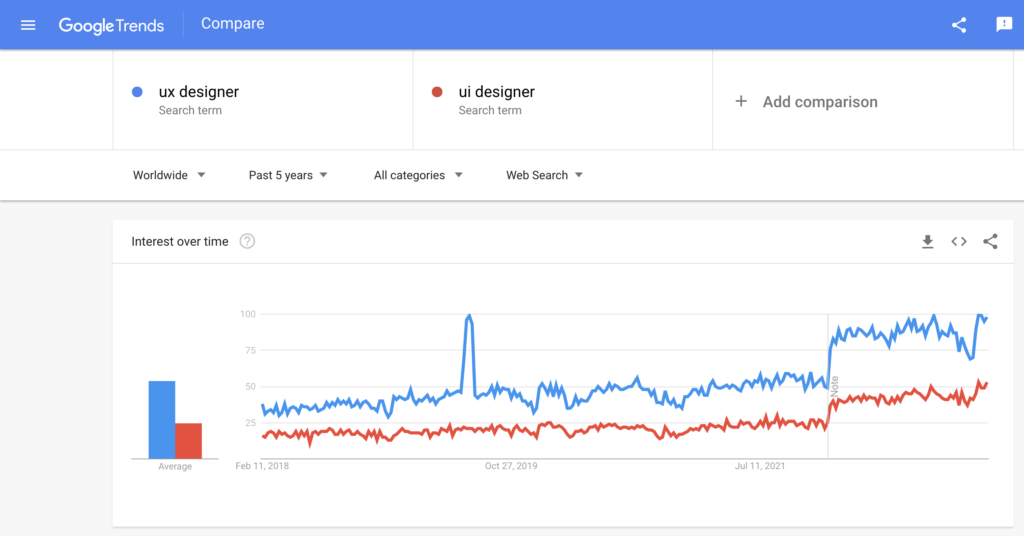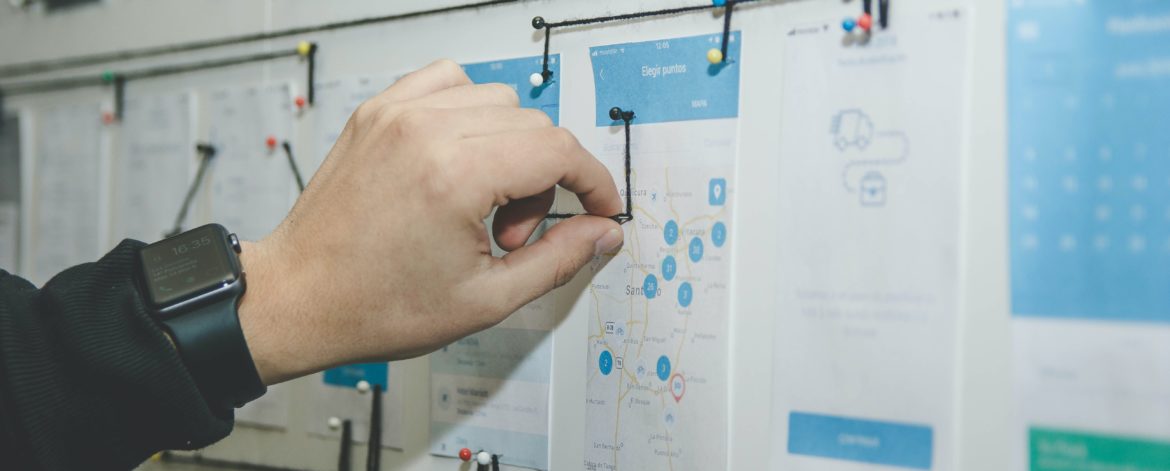What does a typical day look like for a UX designer?
A typical day for a UX Designer can vary greatly depending on the size and type of company, project stage, and team structure. However, here is a general idea of what a UX Designer’s day might look like:
- Daily stand-up or team meeting: Discussing project progress and any blockers with the team.
- User research and analysis: Reviewing user feedback and data to inform design decisions and refine the product vision.
- Wireframing and prototyping: Creating and testing low-fidelity wireframes and prototypes to validate design solutions.
- Collaborating with cross-functional teams: Working with developers, product managers, and stakeholders to ensure design solutions align with the project goals.
- User testing: Conducting user testing sessions to validate design solutions and gather feedback.
- Design iteration: Incorporating user feedback and making necessary design changes.
- Presenting and communicating design solutions: Presenting design work to stakeholders and documenting design decisions for future reference.
- Staying up-to-date with design trends and industry advancements: Continuously improving design skills and knowledge through research, reading and attending events.
What skills do UX designers need?
UX designers need a combination of technical, creative, and problem-solving skills, including:
- User research and empathy: Understanding and knowledge of user behavior, needs, and motivations through user research methods such as interviews, surveys, and usability testing.
- Interaction design: Knowledge of designing intuitive, user-centered interfaces for digital products and services.
- Wireframing and prototyping: Ability to create low-fidelity and high-fidelity wireframes and prototypes to test and communicate design solutions.
- Visual design: Ability to create visually appealing and coherent designs that support the overall user experience.
- Content strategy: Understanding of how to create and organize content that is clear, concise, and effective in supporting user goals.
- Collaboration and communication: Ability to work effectively with cross-functional teams, including developers, product managers, and stakeholders.
- Adaptability and continuous learning: Stay current with design trends, technology advancements and user needs, and continuously improve design skills and knowledge.
How much do UX designers usually make?
UX Designer salaries can vary widely based on a number of factors such as location, company size, years of experience, and seniority.
In the United States, the average salary for a UX Designer is about $93,000 per year, according to Glassdoor. Entry-level UX Designers can expect to make around $75,000 per year, while senior-level UX Designers can earn upwards of $120,000 per year or more.
It’s worth noting that UX Designer salaries can be higher in major tech hubs such as San Francisco, New York, and Miami, while being lower in other regions. Additionally, the salary can also depend on the specific industry, with UX Designers in the tech sector typically earning higher salaries compared to those in other industries.
Are UX designers in demand?
Yes, UX Designers are in high demand. With the increasing importance placed on delivering excellent user experiences for digital products and services, the demand for UX Designers continues to grow.
As businesses invest more in their product’s user experience and the use of technology continues to expand in all industries, the need for UX Designers who can create intuitive and effective user experiences will continue to increase.
In addition, the growing recognition of the value of UX Design has led to an increase in the number of UX design programs and courses offered, which has in turn contributed to the growth of the field.
Overall, the demand for UX Designers with the right mix of technical, creative, and problem-solving skills is expected to remain strong in the coming years, even more-so than demand for UI designers.
As you can see demand is going up!

Will UX design be replaced by AI or ChatGPT?
It’s unlikely that UX Design will be fully replaced by AI in the near future. While AI and chatbots have the potential to augment certain aspects of the UX design process, such as user research and prototyping, they aren’t capable of fully replacing the creativity, empathy, and critical thinking skills that are essential to the UX design process.
UX Designers play a crucial role in ensuring that digital products and services meet the needs and expectations of users. This requires a deep understanding of human behavior, the ability to solve complex problems, and the creativity to design unique and effective solutions, something that AI is still not great at.
That being said, AI and chatbots will likely continue to play a growing role in the UX design process, and UX Designers will need to stay current with advancements in AI technology and how it can be leveraged in their work. However, for the foreseeable future, UX Designers will remain an essential part of the design process, and their skills and expertise will continue to be in high demand.
All in all, designers who use AI will replace designers who don’t use AI.
